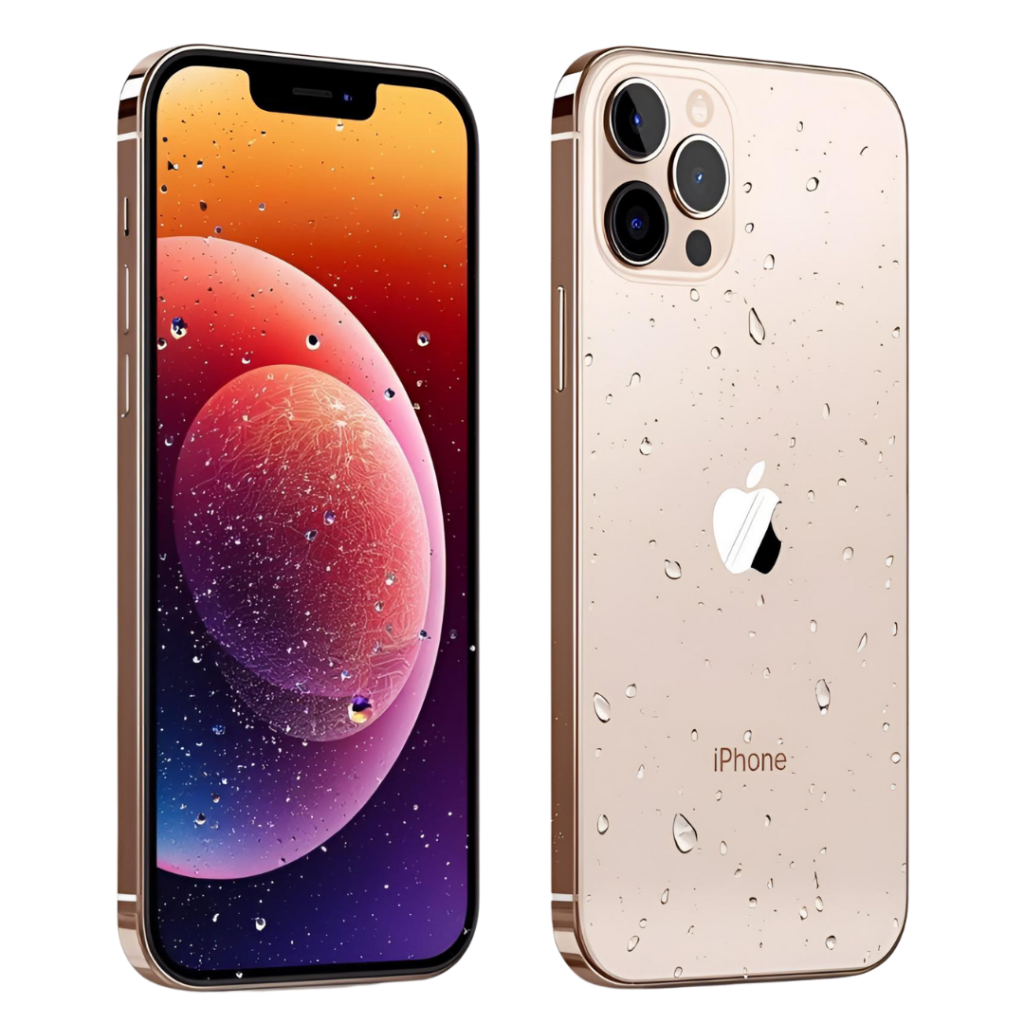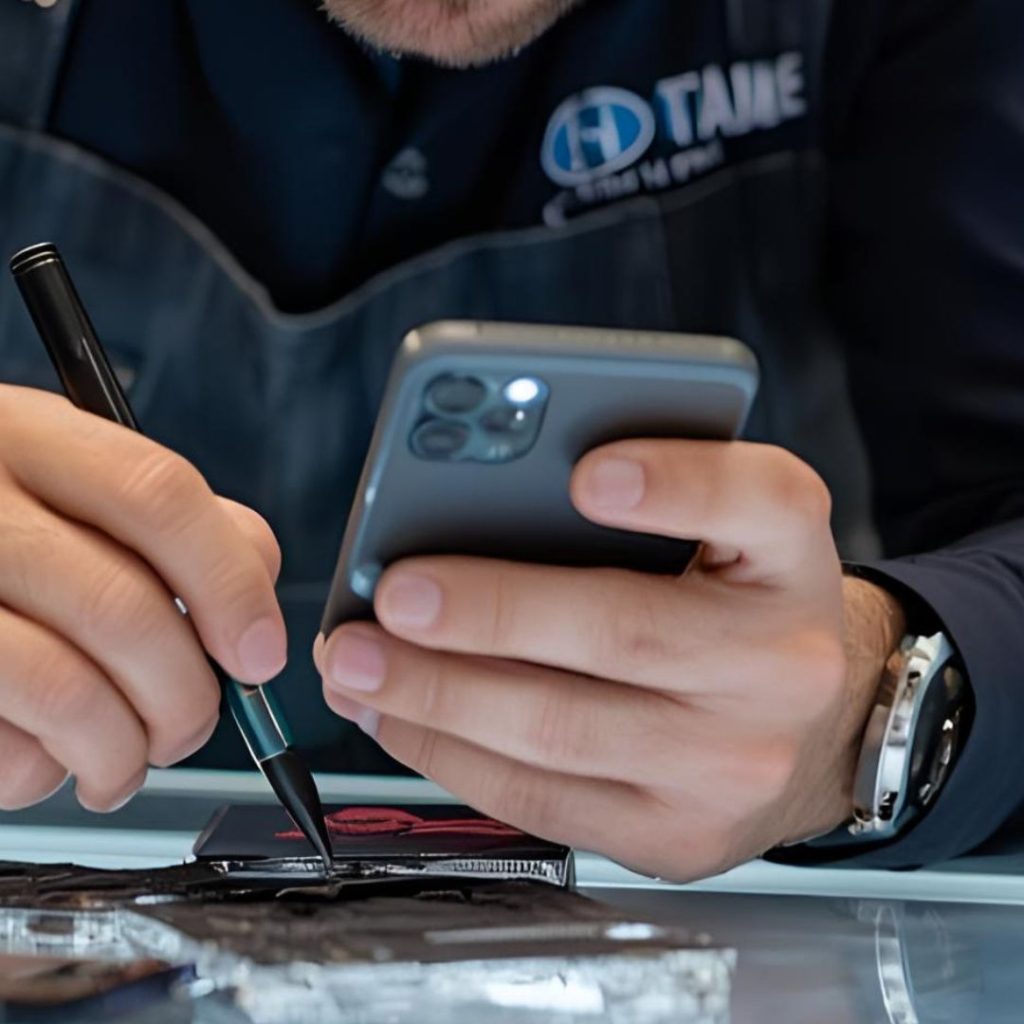iPhone Water Damage Repair That Protects Your Data
Fix My Mobile helps when your iPhone comes into contact with water anywhere in Australia. We assess liquid exposure, stop short circuits, and aim to restore your device safely. Our trained technicians inspect internal components and advise repair cost options before work begins. If you’ve dropped your iPhone in water, act now and book a repair service with our team.


Why choose our Brisbane phone repair service
Our expert team offers same-day service, genuine parts, and reliable repairs across Brisbane. Fix My Mobile technicians are trained to work on iPhones, Samsung phones, and iPads, ensuring quality outcomes. We back every repair with warranty for peace of mind.
We operate in multiple service areas across Brisbane for convenient drop-offs. Customers can fix phones the same day, saving downtime. Choosing local repair reduces shipping delays and keeps your data secure.
Benefits of choosing Fix My Mobile:
Signs of iPhone water damage and what to do
Even if your iPhone still turns on, liquid exposure can trigger corrosion and short circuits over hours or days. Act quickly, avoid charging, and remove the SIM card to reduce further damage.
Dealing with iPhone water damage starts with simple steps. Power the phone off immediately. Avoid charging, as current can cause further damage. Gently dry the exterior with an absorbent cloth and remove the SIM card to open a vent path. Do not heat the device. If the charging port has water, keep the phone upright and let gravity assist. Many newer iPhone models are water-resistant, but water-resistant is not waterproof; seals age and impacts break gaskets.
A common clue is the liquid contact indicator. If the LCI turns red, the phone recorded contact with liquid. You might also see fog under the camera, muffled speakers, or a battery that drains fast. Example: after a beach splash, a user notices the charging port error “Liquid detected,” and the speaker sounds dull; both signal internal moisture.
Quick steps
How Fix My Mobile assesses and repairs liquid damage
We inspect the device, check LCIs, clean corrosion safely, and test each function before advising repair options to restore your iPhone.
Our technician opens the phone, documents water exposure, and checks the liquid damage indicator near the SIM tray and connectors. We disconnect the battery to stop short circuits. Internal components are inspected under magnification for internal corrosion, especially around the charging port, logic board, and connectors. Where safe and appropriate, we use electronics-grade isopropyl in a controlled process to lift residue.
After cleaning, we test display, cameras, microphones, speakers, Face ID, and charging. If components were damaged by water, we’ll quote parts such as the charging port assembly or iPhone battery. Scenario: an iPhone shows intermittent charging; corrosion around the port causes voltage drop. Cleaning and a replacement flex restore normal current draw.
What we check
What water damage repair costs and timelines depend on
Repair cost and turnaround vary with corrosion severity, parts availability, and whether a short circuit damaged the logic board or battery.
Pricing for water damage repair services is case by case because liquid spreads unpredictably. Minor ingress may only need cleaning and a charging port. Heavy exposure can damage the logic board, which may require microsoldering or full replacement decisions. Timelines depend on drying, inspection, and any parts such as a new iPhone battery or port assembly.Pricing for water damage repair services is case by case because liquid spreads unpredictably. Minor ingress may only need cleaning and a charging port. Heavy exposure can damage the logic board, which may require microsoldering or full replacement decisions. Timelines depend on drying, inspection, and any parts such as a new iPhone battery or port assembly.
Example: a phone with light rain exposure needs cleaning and a port; it returns quickly. A phone submerged in a pool shows board corrosion; extra diagnostics extend timelines. We always advise if repair may not be economical versus replacement.
What affects price and time
| Factor | Effect |
|---|---|
| Corrosion extent | More labour and risk |
| Short circuits | Extra diagnosis |
| Parts needed | Cost and availability |
| Model age | Newer iPhone parts vs legacy |
| Data priority | Additional handling steps |

Why professional repair beats DIY after water exposure
Professional repair services reduce risk because trained technicians have the tools and expertise to clean safely and prevent hidden failure.
DIY tricks can damage your device. Using heat guns, household alcohol, or rice can push moisture deeper or leave debris. Opening an iPhone without proper tools can tear seals and cables. A repairer isolates power early, inspects for internal corrosion, and replaces damaged components. Professional liquid damage steps increase the chance you restore your device and keep your data.
Apple Support may recommend a full replacement for severe accidental damage. We can often salvage data or components when replacement is impractical. Example: a water-damaged iPhone boots but reboots under load; a technician finds battery damage and a corroded connector, replaces both, and stabilises system current.
Why go pro
When this may not be the right fit
If corrosion is extensive or parts exceed the device’s value, replacement may be smarter than continuing repair to avoid runaway costs.
Some water-damaged iPhones present logic board damage across multiple power rails or have widespread corrosion under chips. In these cases, repair cost can approach a replacement device. If critical functions like cellular baseband or Face ID hardware fail irrecoverably, we will outline options and stop before costs escalate. Example: a phone with saltwater ingress shows heavy green corrosion under shields; moving to a replacement protects your budget.
Consider replacement if
How to judge if you need this now or later
Act now if you see liquid warnings, red LCIs, rapid battery drain, or charging issues; waiting can let corrosion spread and raise the repair cost.Act now if you see liquid warnings, red LCIs, rapid battery drain, or charging issues; waiting can let corrosion spread and raise the repair cost.
Time matters with water exposure. Corrosion can start within hours and worsen over days. If you notice a liquid detected alert, muffled speakers, camera haze, or a hot battery, avoid charging and seek professional help immediately. If the phone seems fine after a splash, watch for delayed signs like random shutdowns or a non-responsive charging port. Example: a user ignores a brief dunk; two days later, the phone won’t charge due to a corroded port.
Urgency signals

How to judge if you need this now or later
Act now if you see liquid warnings, red LCIs, rapid battery drain, or charging issues; waiting can let corrosion spread and raise the repair cost.
Time matters with water exposure. Corrosion can start within hours and worsen over days. If you notice a liquid detected alert, muffled speakers, camera haze, or a hot battery, avoid charging and seek professional help immediately. If the phone seems fine after a splash, watch for delayed signs like random shutdowns or a non-responsive charging port. Example: a user ignores a brief dunk; two days later, the phone won’t charge due to a corroded port.
Urgency signals
Next steps in phone repair
Start with a diagnosis; from there, decide between cleaning, parts replacement, or replacement, and plan related repairs like battery or screen.
Your fastest path is to book an inspection so a technician can find out if your iPhone was damaged by liquid and confirm the repair cost. If cleaning restores function, great. If parts are needed, we’ll quote options clearly. If replacement is wiser, we’ll say so. From here, related services may help, like iPhone battery replacement or charging port repair, especially if water damage accelerated wear.
Helpful follow-ups




